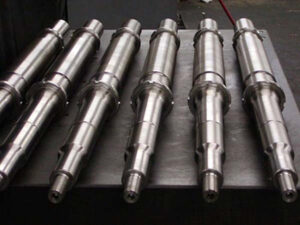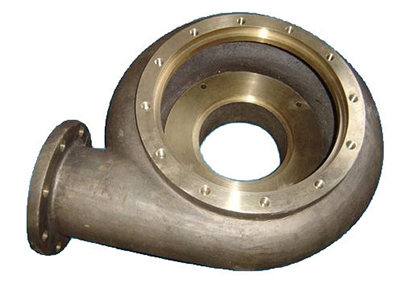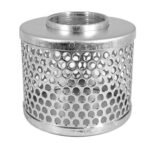Pumps are essential industrial equipment as they play a pivotal role in pushing liquids or gases from one location to another. Therefore, it is crucial to understand the basics of pump design to ensure that they can operate effectively and efficiently.
Pumps typically consist of three main parts: a housing, an impeller, and a motor. The housing is the pump’s mainframe, which supports the impeller and contains the pumped fluid. The impeller is a rotating set of blades that helps move the fluid through the pump. And finally, the motor provides the power needed to rotate the impeller and create suction.
Importance Of Right Pump Design
It is important to note that there are many different types of pumps, and each one is designed to accomplish a particular task. For example, centrifugal pumps move fluids by accelerating the fluid rapidly through a tube that narrows in diameter at some point along its length. In contrast, positive displacement pumps move fluids using a mechanism that physically traps and transports the fluid as it passes from one place to another.

Following are the significant advantages of getting the pump design right
1. Designing a well-functioning pump can save you time and money in the long run.
2. A well-designed pump can minimize downtime and increase productivity.
3. A good pump design can improve the efficiency of your operations, leading to lower energy costs.
4. Proper pump design can help reduce wear and tear on the pump parts, extending their lifespan.
5. Getting the pump design right can create a safer work environment by reducing the risk of accidents and injuries.
What Are The Different Parts Of Pump Design
While many factors influence how well a pump performs, the construction of its components is perhaps the most important. Understanding these basic principles can help you ensure that your pumps operate effectively and efficiently for years to come.

1. Impeller
The impeller is the most important and central part of pump design. It is responsible for producing the pumping action that moves water or other fluids through the system. The impeller’s shape, size, and design determine how well a pump will perform.

2. Shaft
The shaft is another important pump part, as it transmits power from the motor to the moving parts inside the pump housing. Most pumps have either a simple straight shaft or an offset shaft in one form or another to optimize performance.

3. Casing
The casing houses all of the internal components of a pump and forms its outermost shell. Casing designs vary depending on whether they are dry-pit pumps or submersible pumps, but both types should be designed for optimal functionality and performance.

4. Sealing
The seal is a vital part of any pump design because it helps protect the internal components from damage or overheating by preventing water from entering the shaft housing area. Different seals are used based on the pump design and the pump application.

5. Bearings
The bearings are important pump parts that allow the rotating shaft to turn smoothly while transferring power to other moving parts within the system. Modern pumps typically use either ball bearings or roller bearings, which vary in their durability, efficiency, and other properties.
 6. Couplings
6. Couplings
The coupling serves as an intermediary between the motor and pump shaft, allowing them to rotate together without slipping or producing too much vibration or noise. Couplings are usually made from plastic, rubber, or metal and come in various shapes and sizes, depending on their application.
 7. Suction Nozzle
7. Suction Nozzle
The suction nozzle is what draws water into the pump housing so that it can be pressurized and moved through the system. Most nozzles have a specific shape to optimize flow rate, efficiency, and other performance characteristics, but they are also highly customizable for different applications. Getting the design of the nozzle is important to ensure that the pump serves its application in the right way.

8. Discharge Nozzle
The discharge nozzle is responsible for controlling the direction and velocity of the pressurized water being pumped out of the system, which directly affects how much force will be applied to whatever needs to be moved by the pump. Therefore, specific pump design details should be considered when selecting a nozzle type for a particular application.

9. Check Valve
An important pump part, the Check Valve, is a special one-wave valve that stops water or other fluid from flowing back into the pump housing after discharge. This is an important safety feature that protects the pump from damage and ensures that it continues to operate correctly.

10. Strainer
The strainer is a device that helps remove solid particles from the water or the fluid before they can enter and damage the pump components. It is typically located near the pump’s inlet so that water must pass through it before entering the system. The size and quality of the strainer play an essential role as it guards the pump.
These are just a few essential pump parts that make up a typical pump design. We need to acknowledge that pumps are complex machines with many moving parts. The auxiliary pump parts include the inlet and outlet check valves, the recirculation valve, the priming valve, and the pressure relief valve. These parts are essential for ensuring that the pump operates properly and efficiently. It is vital to ensure that these pump parts are always in good working condition to rely on your pump for years to come.


